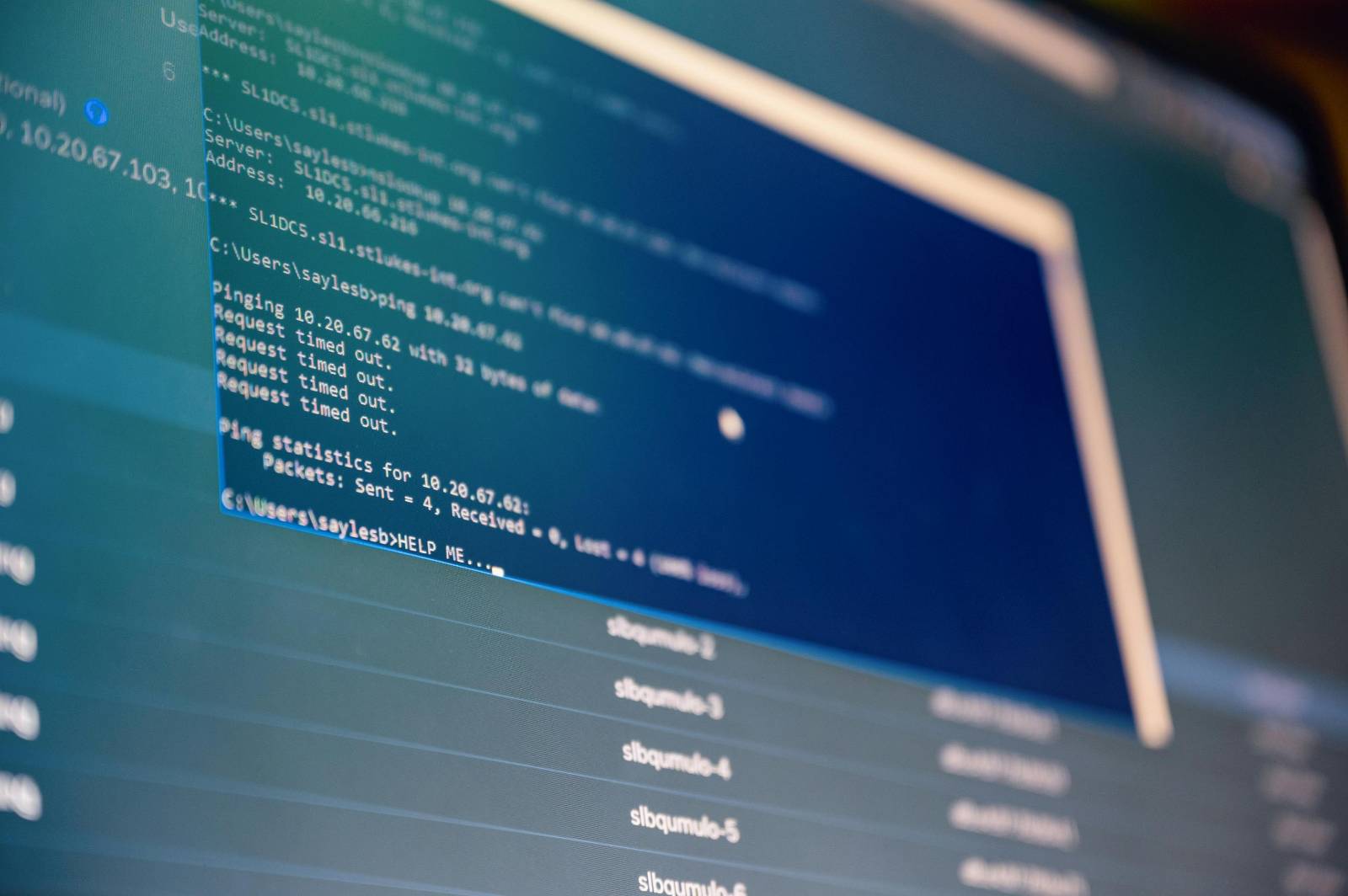
For decades, torrenting has played cat-and-mouse with copyright enforcement. File-sharing
communities learned to mask their activity, migrate to new platforms, and seed content faster
than it could be removed. But in 2025, that game is evolving into something far more
precise.
Anti-piracy enforcement is no longer just a legal effort. It’s increasingly a technical
one—powered by machine learning systems trained to monitor, detect, and dismantle
torrent ecosystems at scale.
This shift has raised alarms across the torrenting world. The systems now watching these
swarms are fast, adaptive, and persistent. The question is no longer whether torrents are
being tracked—it’s whether the methods of tracking are becoming too smart to outpace.
In previous years, enforcement relied on static tools: blacklists, IP harvesting, and manual takedown notices. These methods were reactive and slow. Machine learning flips the model entirely.
Now, AI is used to scan public torrent indexes, swarm traffic, and even darknet torrent hubs in near real time. Language models are trained to identify suspicious content names, while swarm behavior is analyzed to predict which files are most likely to be infringing—even before full metadata is available.
Image and audio classifiers, once reserved for moderation tools, are now part of anti-piracy workflows. Algorithms can identify the opening sequence of a leaked film or spot watermarking patterns in compressed videos. These systems don’t need to download the full file. They just need a few packets or statistical patterns to flag the content.
As a result, enforcement teams are now catching releases within minutes of their initial upload. Swarms that used to live for days can be compromised in under an hour.
Alongside detection, machine learning is being used to automate response. DMCA notices are no longer manually crafted—they’re dynamically generated by bots trained on previous takedown language.
When a torrent is flagged, the system can automatically submit multiple notices to search engines, ISPs, domain registrars, and hosting providers. Some algorithms even tailor the takedown language to the recipient’s jurisdiction for maximum compliance.
Swarm poisoning has also become more surgical. AI-driven agents join torrent swarms and behave like legitimate peers while subtly degrading the file’s availability. By selectively uploading corrupt pieces or stalling connections with high-priority leechers, they invisibly erode the quality of the swarm.
These bots adapt quickly. If a swarm route is hardened or obfuscated, they switch nodes or simulate human-like behavior to avoid detection. This level of precision makes them harder to identify and block with conventional peer filters.
The torrenting community once relied on basic obfuscation to evade enforcement: renaming files, using cryptic titles, swapping metadata, or using niche clients. These tricks no longer fool AI.
Machine learning models are trained to look beyond names and tags. They analyze peer behavior, download patterns, swarm velocity, and historical release trends. A sudden burst of traffic from a region known for pre-release content? That’s flagged. An unusual pattern of seeders with common client IDs? Investigated.
Even “trusted uploader” status is no longer a shield. Algorithms track the hash lineage of their past releases, correlating files across torrents, mirrors, and storage platforms. If a group becomes a high-confidence target, every new file they upload receives immediate scrutiny
The cat-and-mouse dynamic is disappearing. It’s becoming a chess game—one where the machine never sleeps and never forgets.
Despite the threat, torrenting hasn’t disappeared. It’s evolving in response. A growing number of groups are building anti-machine-learning defenses into their workflows, hoping to stay one step ahead.
Some now delay distribution, watching early swarm behavior before committing to full public seeding. Others encrypt content with time-locked keys, sharing the decryption layer through separate channels. This forces enforcement bots to work in multiple domains just to identify the file.
More advanced strategies include the use of “AI confusion” techniques. These involve injecting benign swarm activity or misleading metadata designed to throw off classification models. Some torrents now mimic open-source or creative commons content to camouflage their real payload.
Meanwhile, developers are experimenting with torrent clients that randomize peer patterns, disguise swarm size, and throttle predictable traffic spikes—effectively scrambling the data that machine learning models depend on.
The arms race is accelerating. Machine learning won’t slow down—and enforcement groups have the funding, motivation, and legal cover to scale these systems indefinitely.
The arms race is accelerating. Machine learning won’t slow down—and enforcement groups have the funding, motivation, and legal cover to scale these systems indefinitely.
Ultimately, the future of torrenting won’t be determined by user enthusiasm or content availability. It will be shaped by the tug-of-war between algorithmic surveillance and algorithmic resistance.
And in that game, staying ahead requires not just smarter tools—but smarter tactics.
